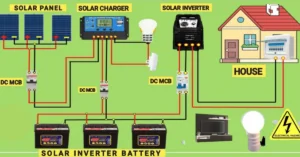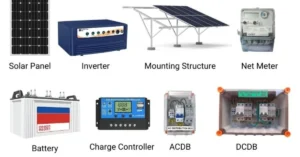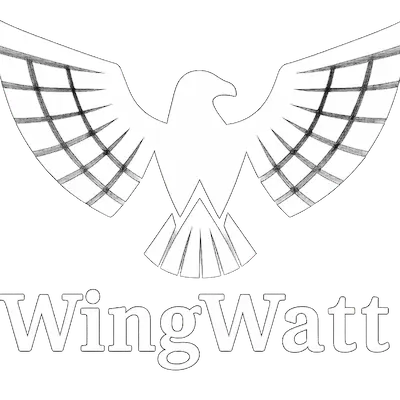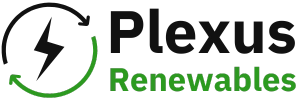Ensuring your solar panels operate at peak efficiency is more crucial than ever, as solar energy becomes increasingly prevalent in homes and businesses. This is where Single Axis Solar Trackers and other similar technologies come in handy. With the help of these systems, your solar panels can track the sun’s path across the sky, absorbing more sunlight and generating more electricity throughout the day. Whether you’re planning to go solar or simply curious about how it works, this guide will walk you through what single-axis trackers are, how they operate, and the key considerations you should know before making a decision.
What Is a Single Axis Solar Tracker?
A Single Axis Solar Tracker is a mounting system that moves solar panels along one axis—typically from east to west, following the sun’s path across the sky. Unlike fixed-tilt systems, which remain stationary, single-axis trackers adjust throughout the day to maintain optimal panel orientation about the sun.
Depending on the location and weather, these trackers can increase the solar system’s energy output by 15% to 25% by capturing more sunlight.
How Do Single-Axis Trackers Operate?
Although the mechanism is very simple, it works very well. Here’s a summary:
- Rotational Axis: The tracker rotates solar panels on a single axis, either horizontal (most common) or tilted.
- Motors and Sensors: Small electric motors or hydraulic drives, controlled by a sun-tracking algorithm or light sensors, adjust the panels’ angle throughout the day.
- Controller System: This intelligent control unit ensures the tracker follows the sun’s position from sunrise to sunset, then resets overnight.
Types of Single-Axis Trackers
- Panels for Horizontal Single Axis Trackers (HSAT) revolve horizontally from east to west. Ideal for utility-scale installations and flat terrains.
- Panels for Tilted Single Axis Trackers (TSAT) revolve on a slanted axis. Ideal for regions with high latitudes or sloping terrains.
Benefits of One-Axis Solar Trackers
- Higher Energy Production – Trackers generate significantly more electricity than fixed systems because they follow the sun throughout the day.
- Cost-effective for Large Installations – The higher output in utility-scale solar farms makes the extra tracker technology investment justified.
- Improved ROI – With higher energy generation, payback periods are shorter, and long-term savings are greater.
- Improved Efficiency in Diffused Lighting – In cloudy conditions, some trackers make a slight adjustment to better capture scattered sunlight.
Single Axis Solar Trackers' Drawbacks
- Greater Initial Outlay – The installation cost of trackers is 10–15% higher than that of fixed-tilt systems.
- More Upkeep – More wear and tear results from moving parts. To keep motors and sensors operating correctly, regular maintenance is necessary.
- Energy Use – A tiny amount of electricity is needed by the motors that move the panels, which marginally lowers the net output. Wind Sensitivity. In regions where cyclones are common, trackers may need extra structural reinforcements due to their increased susceptibility to strong winds.
Conclusion
Single-axis solar Trackers are a wise choice for boosting solar efficiency without overly complex technology. While they come with higher costs and maintenance needs, the improved energy output can make them a wise investment, especially in large-scale installations.
If you’re ready to maximise your solar gains, speak with your solar provider about integrating tracker technology into your system design.






